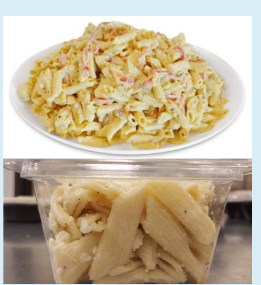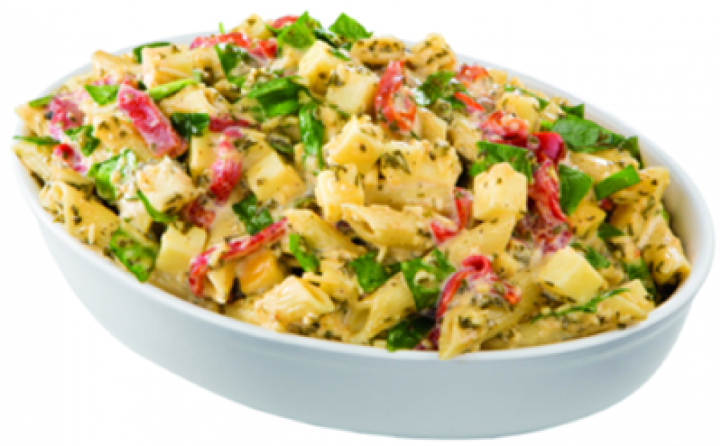The FDA, USDA FSIS, and the CDC, in collaboration with state and local partners, are investigating illnesses in a multistate outbreak of Listeria monocytogenes infections linked to prepared meals. On October 9, 2025, Sprouts Farmers Market announced a voluntary recall of select lots of smoked mozzarella pasta salad sold from the deli service counter or Grab & Go section at Sprouts stores in the following states: AL, AZ, CA, CO, DE, FL, GA, KS, LA, MD, MO, NC, NJ, NM, NV, OK, PA, SC, TN, TX, UT, VA, WA, and WY. Product was distributed starting on 8/31/25 through 10/7/25. As of September 25, 2025, a total of 20 people infected with the outbreak strain of Listeria have been reported from 15 states (CA, FL, IL, IN, LA, MI, MN, MO, NC, NV, OH, SC, TX, UT, and VA). Of the 13 people interviewed, 7 (54%) reported eating precooked meals, and 4 specifically reported eating chicken fettuccine alfredo. Of 20 people with information available, 19 have been hospitalized, and 4 deaths have been reported. There is one illness in a pregnant mother that resulted in a fetal loss. @ https://www.fda.gov/food/outbreaks-foodborne-illness/outbreak-investigation-listeria-monocytogenes-prepared-pasta-meals-june-2025?utm_medium=email&utm_source=govdelivery




